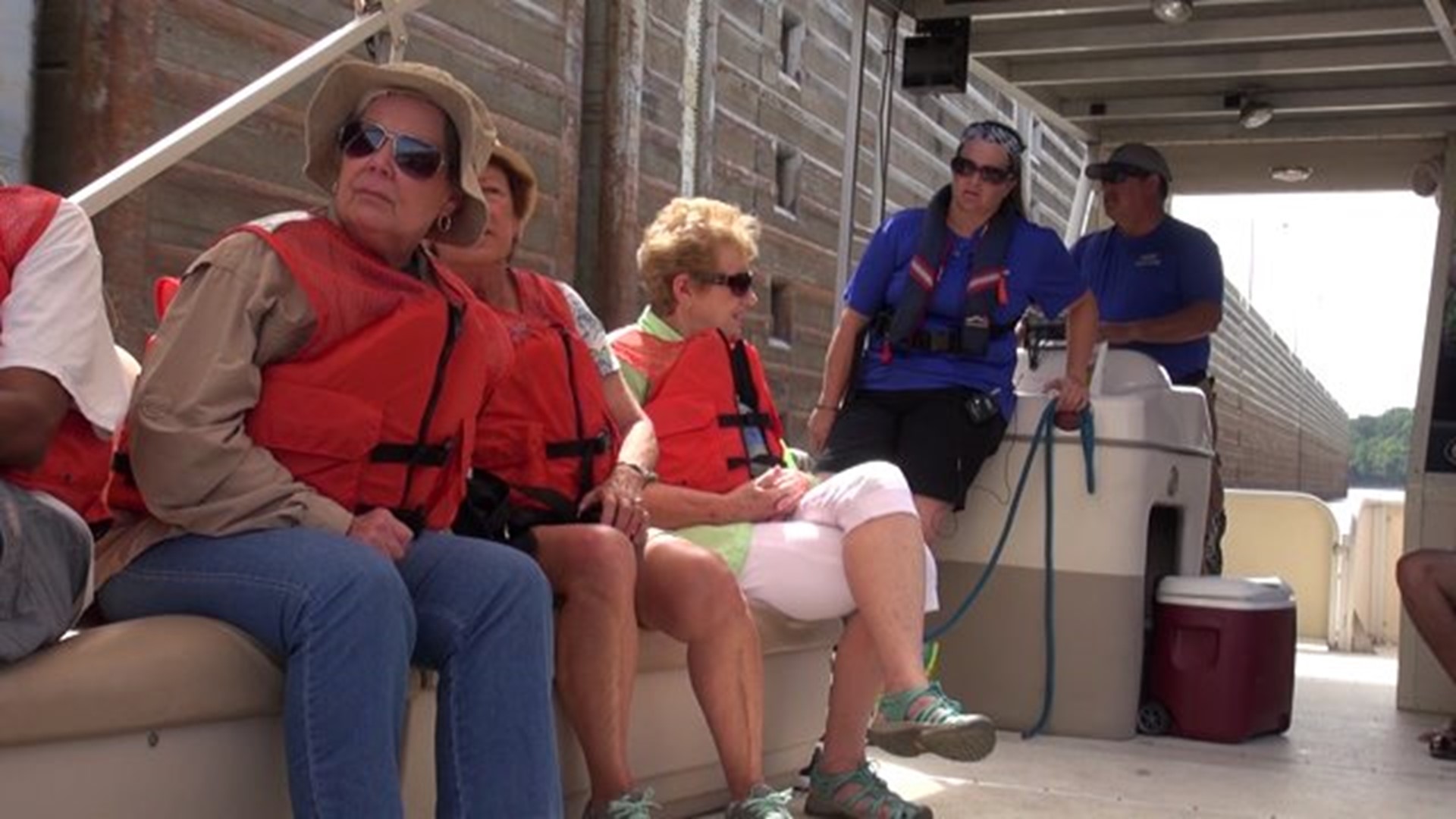When you think of highways in Arkansas, you may think of I-49 or I-540. However, there is one highway stretching from Colorado through Arkansas for thousands of years and it’s still used today.
5NEWS Meteorologist Sean Bailey tags along with guides from the Janet Huckabee Nature Center to explore the transportation network of the Arkansas River in this week’s Adventure Arkansas.
"I could spend every day out on the water," said Karen Westcamp-Johnson, who is an educator at the Janet Huckabee Nature Center.
Westcamp-Johnson steered the group along the sixth longest river in the US.
"The neat thing to me about the River Tours or getting people out on the water is most people don’t have boats of their own," Westcamp-Johnson said. "Most of them have never had an opportunity to do something like this. It gets them out to see the river, see the sights and to learn about the river itself, the navigation and the history. Besides it’s just beautiful and peaceful on the river."
The Arkansas River starts in Colorado, but only becomes navigable for barges starting at the Port of Catoosa in Tulsa, Oklahoma.
A series of 18 locks and dams were built by the Corps of Engineers in the early 1970s. These allow raw materials to flow on barges through the 445 mile river network to the Mississippi River.
“One barge can hold about as much cargo as 65 semi trucks, so 15 would hold as much as 1,000 semi trucks," said Kendra Ingle, another educator at the Janet Huckabee Nature Center.
Despite all the weight, the process to raise and lower the heavy barges is relatively simple.
“I always thought locks and dams needed a lot of power and energy because you’re raising the water levels 18-20 feet, so you would think it would require electricity and so forth," said Bala Chander, who was visiting from New York. "But it’s purely mechanical. You’re using gravity to move water from higher to lower levels."
As the group traveled through James W. Trimble Lock and Dam 13 near Barling, Ingle explained that the dam is used for more than just transporting up and downstream. It also helps protect the river and surrounding area.
"It also allowed us to control and manage in those natural disaster situations and be able to slow down the water and hopefully not devastate downstream," Ingle said.
In addition to managing flooding, the James W. Trimble Dam also turns the mighty flow of the river into power through a hydroelectric plant.
However, for Bala, the most powerful aspect of the Arkansas River is just in its size.
"Just to see a river so wide and so long from the source and all the other environmental benefits of having a river like this is really a great thing," Chander said.
The Nature Center’s Education Barge trips are filled for the rest of the season. However, they have plenty of water-based activities going on for free for the whole family. This includes free canoe and kayak rentals on Wells Lake. A full list of activities can be found here.
Segment Sponsored By: Adventure Subaru

